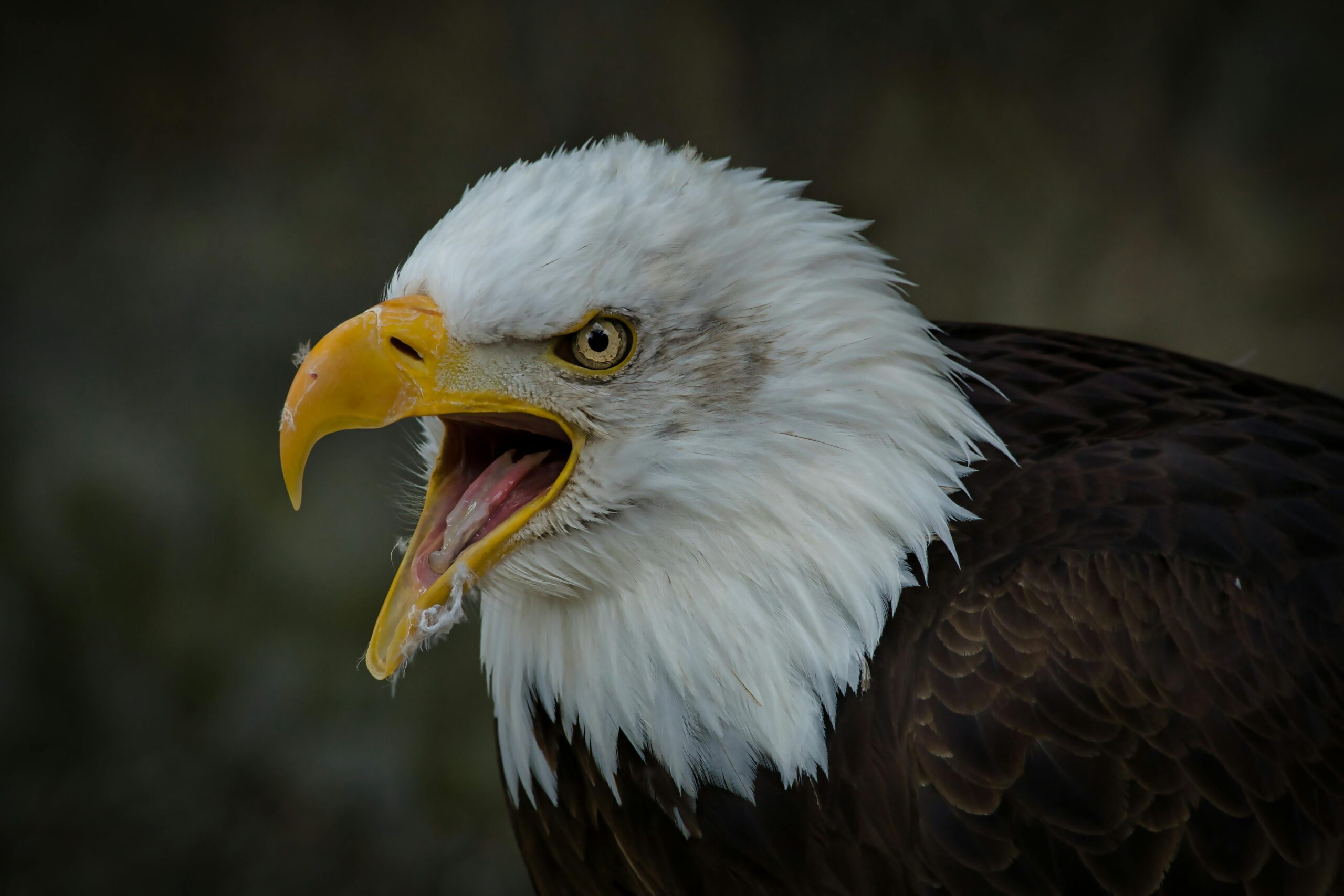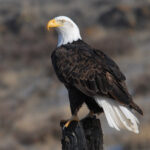Bald eagles are majestic birds of prey known for their impressive hunting skills and impressive size. But how often do these magnificent creatures need to eat to sustain their energy and maintain their health? In this comprehensive blog post, we’ll dive deep into the feeding habits of bald eagles, exploring the factors that influence their dietary needs and the unique adaptations that allow them to thrive in their natural habitats.
The Average Daily Intake of Bald Eagles
Bald eagles typically consume an average of 0.5 to 1 pound of food per day. This range can vary depending on the eagle’s size, activity level, and the time of year. Larger eagles and those engaged in more strenuous activities, such as hunting or defending their territory, may require more food to meet their energy demands.
Bald Eagles’ Diverse Diet
 Image source: Pexels by Anrita Krause
Image source: Pexels by Anrita Krause
While bald eagles are primarily fish-eaters, with fish making up 70 to 90 percent of their diet, they are opportunistic feeders and will consume a variety of other prey when available. This includes:
- Fish (such as salmon, trout, and herring)
- Other birds (such as ducks, geese, and gulls)
- Small mammals (such as rabbits, squirrels, and muskrats)
- Carrion (dead animals)
Bald eagles are known to scavenge for food, often taking advantage of the remains left behind by other predators or natural causes. This adaptability allows them to thrive in a wide range of environments and ensures they have a reliable food source throughout the year.
Feeding Behavior and Adaptations
Bald eagles have several unique adaptations that enable them to be successful hunters and scavengers. Their sharp talons and hooked beaks are well-suited for grasping and tearing their prey, while their keen eyesight allows them to spot potential food sources from great distances.
Bald eagles also have the ability to store food in their crop, a pouch-like structure in their esophagus. This allows them to consume large amounts of food at once and then slowly digest it over time, enabling them to survive for a day or two without needing to hunt or scavenge.
Seasonal Variations in Feeding Habits
The feeding habits of bald eagles can vary depending on the time of year and the availability of their preferred prey. During the winter months, when fish may be less abundant, bald eagles may rely more heavily on carrion and other smaller prey to meet their nutritional needs.
In the spring and summer, when fish are more plentiful, bald eagles will often focus their hunting efforts on aquatic species, such as salmon and trout, taking advantage of the seasonal abundance of these resources.
Potential Threats to Bald Eagles’ Food Supply
While bald eagles are generally successful hunters and scavengers, they can face threats to their food supply that can impact their overall health and survival. One significant concern is lead poisoning, which can occur when bald eagles feed on the remains of animals that have been shot with lead ammunition.
A recent study found that 47% of bald eagles and 46% of golden eagles showed signs of chronic lead poisoning, highlighting the need for increased awareness and the use of non-lead alternatives in hunting and fishing.
Conclusion
Bald eagles are remarkable birds of prey, with a diverse and adaptable diet that allows them to thrive in a variety of environments. By understanding the factors that influence their feeding habits, we can better appreciate the unique challenges and adaptations that these majestic creatures have developed to survive and flourish in their natural habitats.
As we continue to learn more about the feeding behaviors of bald eagles, we can work to protect their food sources and mitigate the threats they face, ensuring that these iconic birds continue to soar high in the skies for generations to come.



